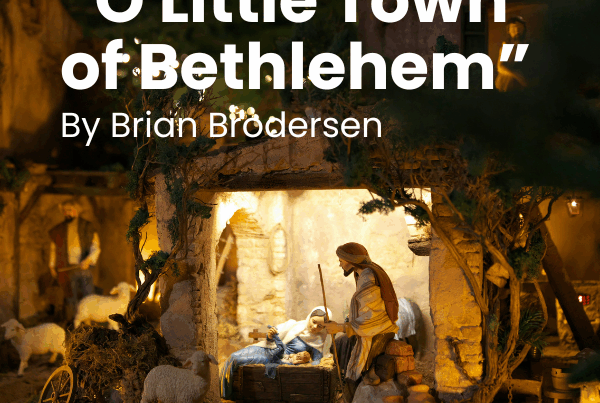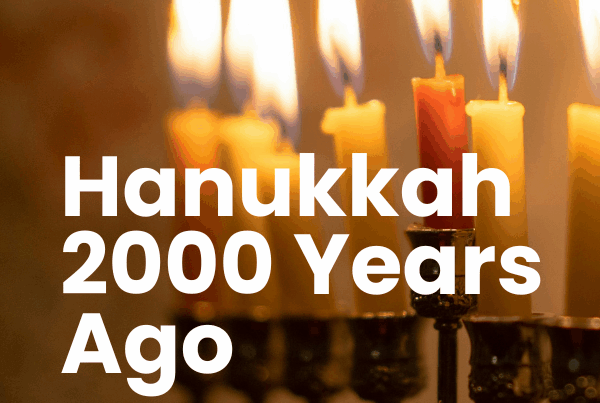
Editor’s Note: This year, Yom Kippur begins at sunset on Friday, October 11th, and ends at nightfall on Saturday, October 12th.
The Day of Atonement, or Yom Kippur, is the most solemn day in Israel’s religious calendar, a time for comprehensive purification and renewal of the covenantal relationship between God and the people. This annual observance, described in Leviticus 16, provided a way for Israel to address the accumulated sins and impurities that threatened their standing before a holy God. Central to this ritual is the high priest, who alone enters the Holy of Holies to make atonement for himself, his household, and all of Israel.
On this sacred day, the high priest first bathes, clothes himself in linen garments, then offers a bull as a sin offering for his own sins, ensuring he is cleansed before entering the holy presence of God. Afterward, the two goats described in Leviticus 16 are presented to the people. The first goat, chosen by lot, is sacrificed as a sin offering for the people. Its blood is sprinkled on the mercy seat in the Holy of Holies, purifying the sanctuary itself from the defilement caused by the people’s sins throughout the year. This act symbolizes the cleansing of both the people and the holy space, allowing God’s presence to remain among them.
The second goat, known as the scapegoat, is defined as the Azazel. The Hebrew word Azazel is only used in the 16th chapter of Leviticus. It is a mysterious word that can mean “off a cliff,” “desert place,” or even “demon.” After the high priest lays his hands on this goat and confesses all the sins of Israel, essentially transferring the guilt of the people onto the Azazel, the goat is then sent into the wilderness, bearing the people’s sins. There was a visible presentation of the complete removal of sin from the people of Israel, demonstrating that sin is not only atoned for through blood but also taken away, never to return. The use of the two goats highlights the dual nature of atonement: the need for both expiation (the cleansing of sin) and propitiation (the substitution of the animal’s life in exchange for the forgiveness and new life granted by God, as explained in Leviticus 17:11 through the significance of blood).
In this way, the Day of Atonement emphasizes the seriousness of sin and the holiness of God. It is a day of fasting, self-denial, and repentance, where the people reflect on their need for God’s forgiveness. This observance was performed once every year — to recognize the need for sacrificial atonement to cover the sins of the people and restore fellowship with God.
Hebrews 9 draws a direct connection between the Day of Atonement and the ultimate atonement made by Jesus Christ. In the Old Testament, the high priest had to enter the earthly sanctuary every year with the blood of animals, but these sacrifices could never fully remove sin. They served as a temporary covering, pointing forward to something greater. In contrast, Christ, as the true High Priest, entered not an earthly sanctuary but the heavenly Holy of Holies. He did not offer the blood of goats and bulls but His own blood, securing eternal redemption (Hebrews 9:12). Jesus, through His death and resurrection, became sin, so that we can become the righteousness of God (2 Cor 5:21) — Jesus fulfills the entire purpose of Yom Kippur. Like the first goat, His sacrifice cleanses from sin. Like the Azazel scapegoat, He took away our sins completely, offering perfect and final atonement for all humanity. Thus, the ritual of the Day of Atonement foreshadows the complete and eternal work of Jesus Christ, who removes sin once and for all.







